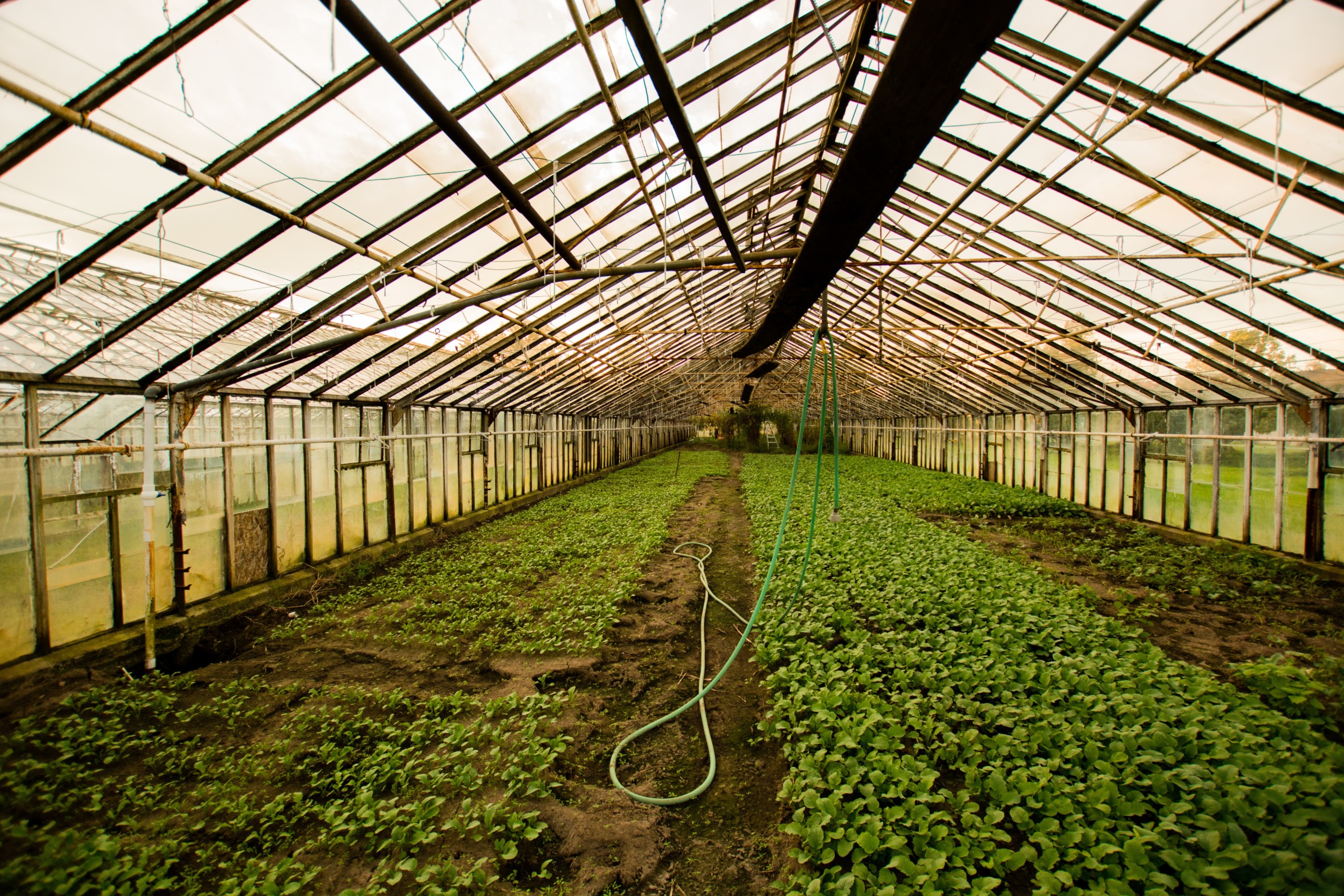It’s already the last month of the year 2022, but we still have another wonderful episode for you to enjoy as usual. This time we had the pleasure of having a wonderful conversation with Nicolas Weber, the CEO and Co-Founder of Voltiris. Voltiris is a Swiss based start up that uses colour optimized solar modules in greenhouses that can generate electricity from the portion of the sunlight spectrum that is not used by crops for photosynthesis.
Who is Nicholas Weber?
Nicolas Weber is person who has experienced many different cultures throughout his life. He was born in Chile, lived and grew up in Switzerland, spent a year in Hong Kong, did his Masters in London and even proceeded to work in Brazil for a year. Prior to Voltiris, Nicolas was a Project Leader at Boston Consulting Group where he had spent nearly the past 6 years of his life. Being the part of the strategic thinking eco-system of a firm like BCG gave him the necessary toolkit to support the entrepreneurial flame that was growing within him throughout his career.
The Landscape
The energy crisis as well as food security are two very hot topics right now throughout the world. The energy crisis has been brought to the fore in the recent past due to the war in Ukraine. However, there is also the issue of rising food costs, and this can also in one way, or another be tied to the energy crisis. One area where these two concepts seem to largely overlap is with greenhouses. Greenhouses are vital for producing certain crops, however there are extensive energy requirements to ensure the conditions are right for these crops to grow. These factors, along with the mounting pressure for greenhouse owners to decarbonize has increased the need to make the energy expenses of the greenhouse more bearable without compromising the yield of crops. This is vital since most solar solutions would invariably end up causing shading which could directly lead to reduction in crop yield.
Origins of Voltiris
Approximately 2 years ago, a friend of Nicolas’ reached out to him regarding something that he was working on. This friend was Jonas Roch who is a PhD holder in the field of Physics, who is now the CTO of Voltiris. Jonas was researching spectral filtering adapted to crops, and so they decided to test out the concept. The idea was to find out whether they can they utilize whatever part of the spectrum that was not being used by the plants to generate electricity. Therefore, the spectrum of light that was not needed by the plants would get absorbed and utilized by the panels on the top, and then the rest of the sunlight would still reach the crops and allow them to continue photosynthesising. After those initial tests, they decided to work with some more growers in Geneva. They were able to engage in creative and practical discussions about how this concept could better work with greenhouses. It was during this time that another co-founder, Dominik Blaser joined along to come up with a solution that is the basis of Voltiris today.
Voltiris Today
Voltiris today is working with Greenhouse owners in Europe with plans of possibly expanding into other regions as well. Their technology has proven to be quite attractive for owners of greenhouses because their product can very easily be fit into existing greenhouse structures, without the need for getting additional legal permissions since their solution is placed on the inside of the greenhouse rather than on the outside. As it stands, Voltiris’ solution has a lifetime of around 25 years with an expected payback time of approximately 6-7 years depending on the conditions.
The Voltiris of Tomorrow
Voltiris aims to be the number 1 energy partner for greenhouses. But they don’t want to just stop there, they are exploring moving forward various other avenues as well moving forward, because the concept of retaining the primary surface and utilizing the spectrum they need and utilizing the rest of the spectrum for energy generation has been proven. Some interesting avenues that they are exploring include transitioning to plastic greenhouses, open crop applications, fish farms and buildings.
Hope this snippet caught your attention, and if you want to know more go ahead and listen to the full episode right here.


Leave A Comment